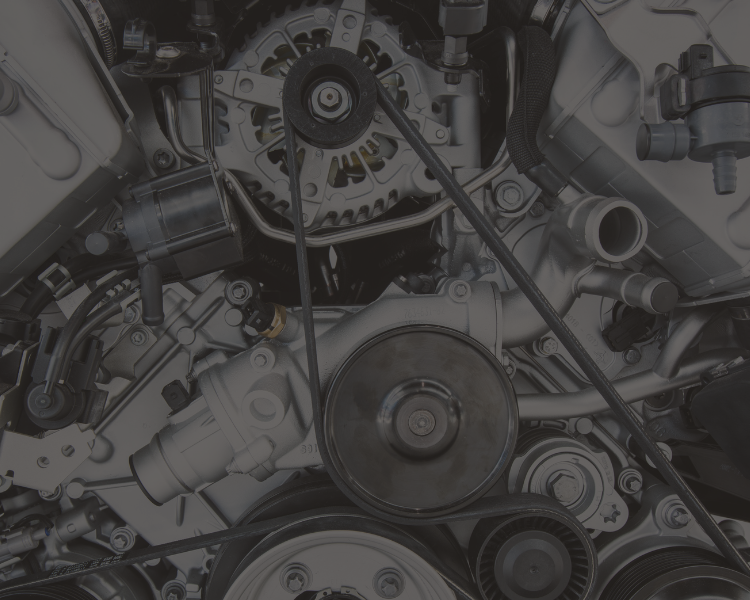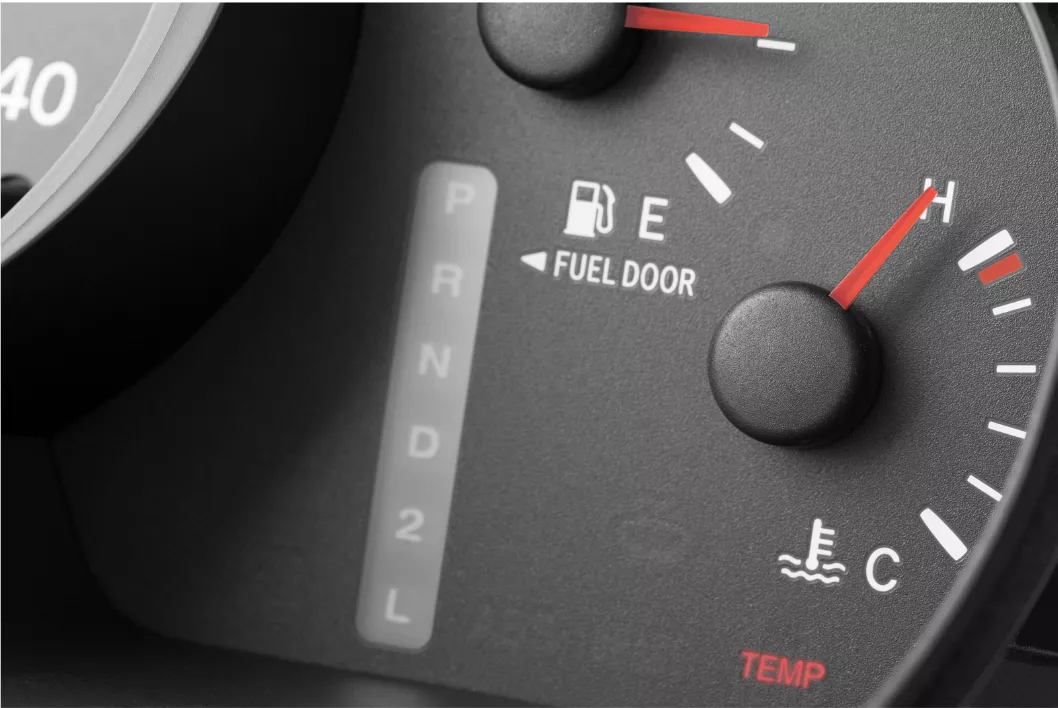Prevent Overheating: How to Control Summer Car Operating Temperatures in Hot Weather
Your Go-To Guide on How to Beat the Summer Heat

Heat is a byproduct of internal combustion. Managing the heat produced by a car’s engine is a carefully orchestrated process involving the water pump, radiator, thermostat, coolant and other components collectively known as the cooling system. These components play a critical role in the overall performance of the engine as well as the fuel efficiency and emissions of the vehicle.
For many modern vehicles, the typical operating range for an engine is 190 to 225 degrees Fahrenheit. Unless you have a high-performance vehicle with a digital temperature display, they’re only going to see that the engine is in the “normal” range in the center of the engine temperature gauge, or at the extremes. What this means is that most drivers have no idea what’s really happening with their vehicle’s internal engine temperature.
That can be a bad thing, especially on a hot summer day.
Why is it so important for you to be in tune with the engine temperature?
Well, HEAT is the enemy of your car engine.
While there are systems in place to keep your engine’s operating temperature in the optimal range, those components can be put to the test in extreme conditions. Examples include driving in sweltering summer heat, towing or hauling heavy loads, off roading and other situations in which you are pushing their vehicle to its limit.
When you’re dealing with an overheated engine, things can really escalate. You might have seen or heard about people with destroyed engine blocks, cylinder heads, radiators and other serious problems due to overheating.
Even when you’re not dealing with an overheating engine, it could be running in the mid to high range on the engine temperature gauge. That’s when you could notice symptoms such as deteriorating performance, decreased fuel efficiency, sluggish throttle response and fans running excessively.
If you are a person who frequently drives in extreme conditions or are concerned that you might be pushing your vehicle to the point of an overheating engine, there are solutions available in the aftermarket. In fact, these solutions will even be apparent on your temperature gauge.
This is where we come in. We can help you avoid the dreaded tow truck.
Rislone Hy-per Cool Super Coolant (HPC100) is designed to eliminate overheating issues and extend the life of the engine. In fact, a single bottle of Hy-per Cool Super Coolant can help drop a vehicle’s operating temperature by up to 30 degrees Fahrenheit, and reduce internal cylinder head temperature by up to 75 degrees. In addition to preventing overheating, the glycol-free formula lubricates and protects the water pump, and helps prevent corrosion, erosion and electrolysis of all cooling-system parts, whether they’re made of aluminum, plastic or rubber.
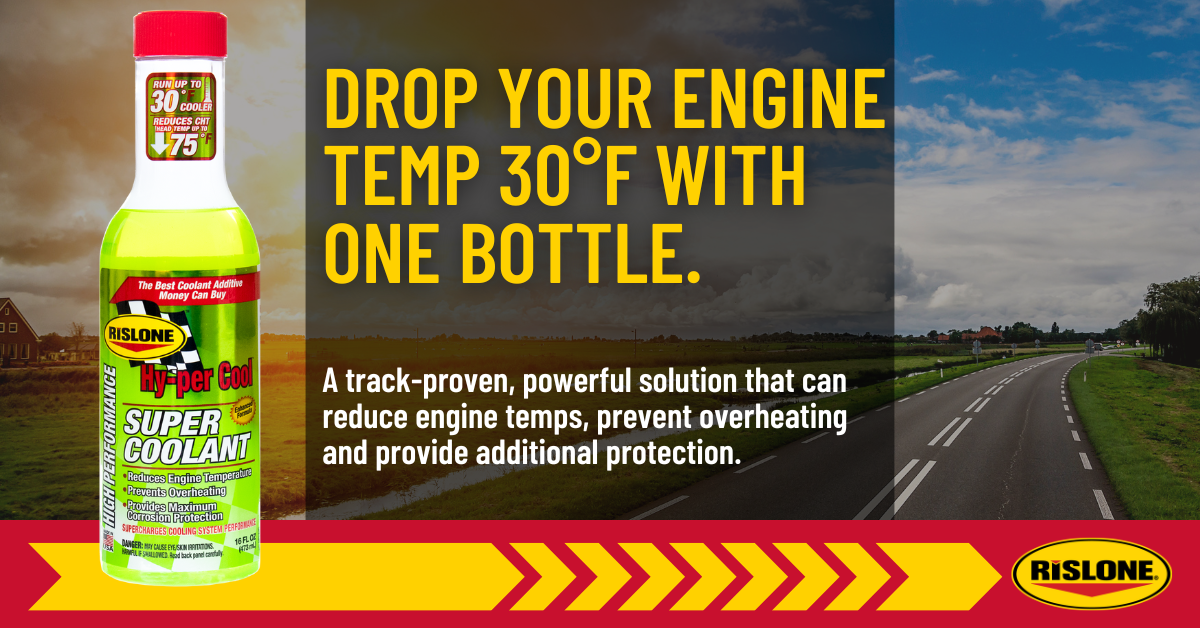
Here’s the really cool part (no pun intended): Rislone originally created Hy-per Cool Super Coolant for racing teams and motorsport enthusiasts. But this coolant additive can be used in just about any vehicle with a cooling system, including gasoline classic cars, hot rods, trucks, RVs, motorcycles, heavy-duty, ATVs and diesel-powered vehicles. Hy-per Cool Super Coolant works with all types and colors of glycol/water-based coolants and extended-life antifreeze, and it works great in cooling systems containing only water.
When you push your engine to the limit, high heat and mechanical stress can become serious problems. An effective coolant additive helps more efficiently transfer heat to keep cylinder heads cool and reduce the likelihood of detonation, power loss and damage. Rislone Hy-per Cool Super Coolant is an effective, track-proven solution that can eliminate overheating issues for just about any vehicle and any driving situation.
It’s the best product of its kind available anywhere.
How to handle engine overheating
Let’s dive a little deeper. Below is some professional-grade advice for handling a car that overheats in hot weather:
-
Pull over safely: When you notice your car is overheating (indicated by a high temperature gauge reading or warning light), pull over to a safe location and turn off the engine. Avoid stopping in the middle of traffic or on a narrow highway shoulder if possible.
-
Let the engine cool down: Keep the engine off and allow it to cool down for at least 15-30 minutes. Opening the hood can help dissipate heat more quickly, but be cautious when doing so to avoid burns from hot components and any steam that may be present.
-
Check coolant levels: Once the engine cools, check the coolant levels in the radiator and the coolant reservoir. If the coolant level is low, you may have a leak, or your car may not have been properly maintained.
-
Add coolant if needed: If the coolant level is low, you can add a 50/50 mix of coolant and water to the radiator and reservoir. This may temporarily resolve the overheating issue, but it’s essential to have your cooling system inspected for leaks or other issues as soon as possible.
-
Monitor temperature: Restart your car and closely monitor the temperature gauge. If the temperature remains stable, you can cautiously continue driving. However, if it starts to rise again, pull over and shut off the engine immediately.
-
Use a proven coolant additive: Sometimes, your coolant just needs a little help. Formulas such as Rislone Hy-per Cool Super Coolant is a track-proven, bestselling coolant additive that can drop 30° F with a single bottle.
-
If all else fails, seek professional help: If your car continues to overheat or you’re unable to resolve the issue on your own, it’s best to call a tow truck or roadside assistance to get your car to the nearest repair shop for a thorough inspection and diagnosis.
Preventative measures to keep car from overheating

-
Regular maintenance: Ensure that your vehicle’s cooling system is regularly inspected and maintained according to the manufacturer’s recommendations. This includes coolant flushes and replacement, thermostat checks, and hose inspections.
-
Inspect belts and fans in the engine compartment: Periodically check your car’s belts and cooling fans for wear, damage, or proper operation.
-
Monitor coolant levels: Routinely check your coolant levels and top off as needed, while also keeping an eye out for signs of leaks. A coolant leak will just keep the overheating problem going in a loop.
-
Be mindful of driving conditions: In hot weather, consider using the air conditioning sparingly, avoid extended idling, and try not to overwork your engine by towing heavy loads or driving aggressively. Air conditioning in particular adds a good deal of stress to your car engine in hot conditions.
How to check your coolant level yourself
This isn’t difficult. Checking coolant levels yourself is a relatively simple task. Just follow these steps:
-
Park on a level surface: Make sure your vehicle is parked on a level surface to get an accurate reading of the coolant level. Also, ensure the engine is off and has cooled down completely before you proceed. Checking coolant levels on a hot engine can lead to severe burns.
-
Locate the coolant reservoir: Open the hood and locate the coolant reservoir. It’s typically a translucent plastic container near the radiator, with markings for “MIN” (minimum) and “MAX” (maximum) levels.
-
Inspect the coolant level: Look at the side of the reservoir and observe the coolant level. It should be between the “MIN” and “MAX” markings. If the level is below the “MIN” mark, you’ll need to add coolant.
-
Check the radiator (optional): In some older vehicles, you might need to check the coolant level directly in the radiator. Only do this when the car engine is completely cooled down. To check, carefully remove the radiator cap by pushing down and turning counterclockwise. The coolant should be visible near the top of the radiator filler neck. If it’s low, you’ll need to add coolant.
-
Add coolant if necessary: If the coolant level is low, you should add a 50/50 mix of coolant and water (or pre-mixed coolant) to the reservoir until it reaches the appropriate level. For older vehicles, you can add the coolant directly to the radiator. Always use the recommended coolant type for your vehicle, which can be found in your owner’s manual.
-
Inspect for cooling system leak: While you’re checking the coolant level, take a moment to inspect the area around the reservoir, hoses, and radiator for any signs of leaks, such as wet spots, coolant stains, or dried residue. If you notice any leaks or damaged components, have your vehicle inspected by a professional mechanic.
-
Replace the cap: Securely replace the radiator cap (if removed) by pushing down and turning clockwise. Close the hood once you’re done.
Remember to check your coolant levels periodically as part of your vehicle’s routine maintenance. It’s easy and can prevent further damage (and expensive repairs) down the road.
Q: Will turning the floor air vents on help?
Well…sort of.
Turning on the floor air vents in a car that is overheating may help to a small extent, but it’s not the most effective method for addressing the issue. The idea behind this technique is that by blowing hot air from the heater core (which is part of the car’s cooling system) into the cabin, you are helping to dissipate some of the heat from the engine. However, this method will have only a minimal impact on the engine temperature and may not be sufficient to prevent overheating.
Q: What about turning on the heat?
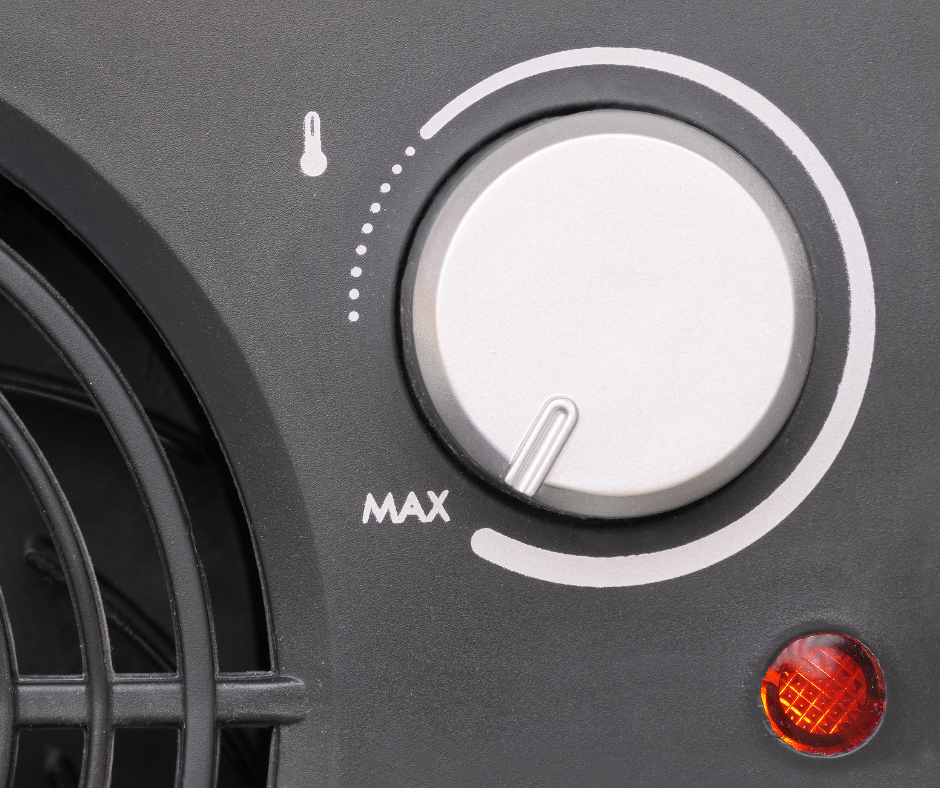
Yes, turning on the heat can help when your car is overheating. When you turn on the heater full blast, the heat is transferred from the engine coolant to the cabin, effectively removing some of the heat from the engine. This method, while not a permanent solution, can provide temporary relief and help lower the engine temperature.
To use the heater to help pull heat and cool down an overheating engine:
-
Turn on the heater: Set the temperature control to the highest setting and turn the fan to the highest speed. This will help maximize the amount of heat being removed from the engine.
-
Open the windows: It’s going to get hot inside since the heat is being directed into the cabin. Open the windows to enable the hot air flowing to escape and make the interior more cool and comfortable.
-
Monitor the temperature gauge: Keep an eye on the temperature gauge to see if the engine temperature decreases. If it doesn’t, pull over to a safe location and turn off the engine to let it cool down.
-
Address the underlying issue: Remember that turning on the heat is only a temporary solution to help manage an overheating engine. It’s crucial to address the root cause of the overheating by checking coolant levels, inspecting the cooling system for leaks, and seeking professional help if needed.
Using the heater to cool down an overheating engine can buy you some time to reach a safe location or a mechanic, but it should not be relied upon as a long-term solution. Always address the underlying issue to ensure the safety and reliability of your vehicle.
Q: What are the dangers of driving with an overheated engine?
We don’t recommend this. Driving with an overheated engine is dangerous for several reasons:
-
Engine damage: Continued operation of an overheated engine can lead to severe and irreversible damage to internal components. You’re making a bad problem worse. This includes damage to the head gasket, cylinder head, engine block, pistons, and valves. The resulting repair costs can be extremely high, and in some cases, it may be more cost-effective to replace the entire engine.
-
Loss of power: An overheated engine may lose power or stall, leaving you stranded or potentially causing an accident, especially if you’re driving at high speeds or in heavy traffic. Remember, heat is the enemy of car engines.
-
Coolant leaks and steam: Overheating can cause coolant to leak or spray out from the cooling system, creating slippery conditions on the road and posing a hazard to other drivers. Additionally, the coolant can turn into steam, which may impair your visibility and that of other drivers.
-
Fire risk: In extreme cases, an overheated engine can potentially lead to a vehicle fire. Overheating can cause oil and other flammable fluids to leak, which may ignite if they come into contact with hot engine components.
-
Loss of critical systems: An overheated engine can also lead to the failure of other critical systems, such as the transmission or power steering, making it difficult or impossible to control your vehicle.
For these reasons, it’s important to pull over and shut off the engine as soon as you notice signs of overheating. Allow the engine to cool down, check coolant levels, and address any underlying issues before continuing to drive.
Have more questions? Contact us!
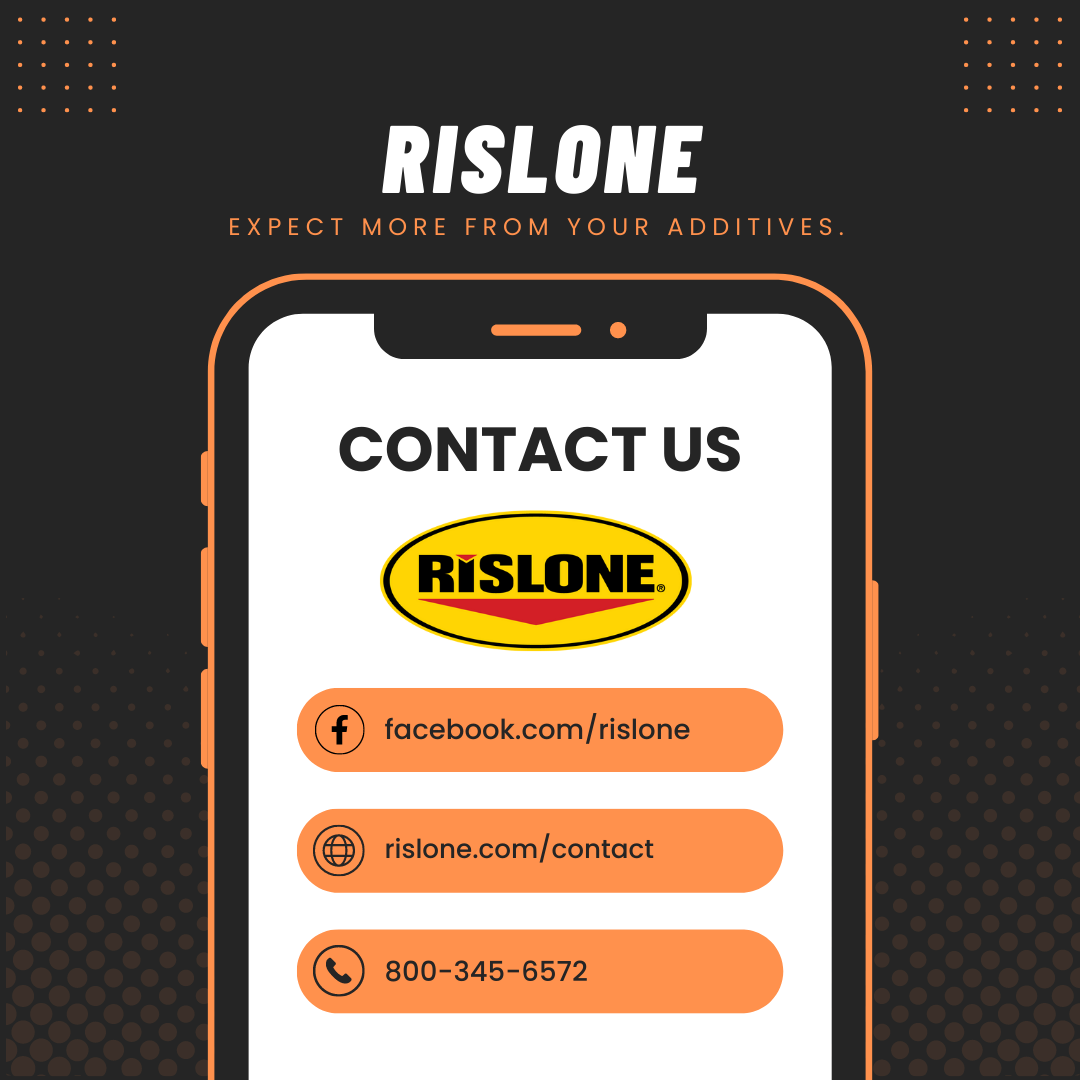
Overheating issues are complex, and there is no one-size-fits-all recommendation. If you are dealing with an overheating issue and don’t know where to start, give us a call at 800-345-6572 (M-F, 8am – 5pm EDT), or contact us on the web. Our customer support will be more than happy to help. They are US-based, and we never bury you in endless phone menus. Even if one of our products can’t help your situation, we’ll tell you exactly that so you can plan your next steps.

